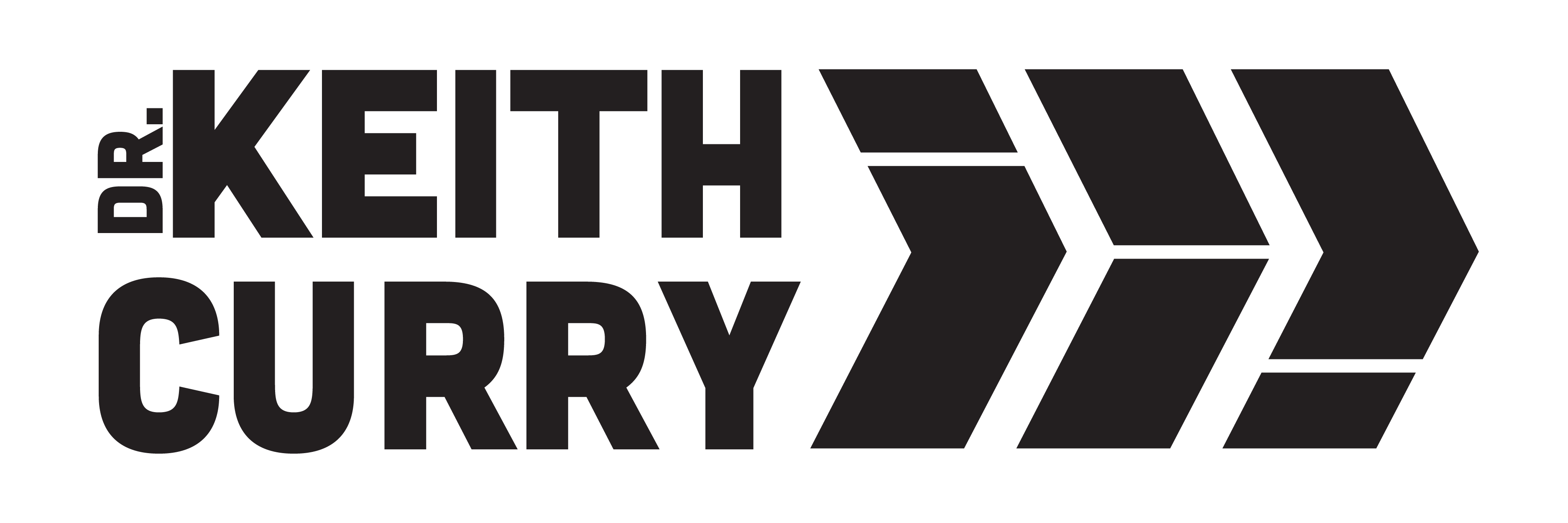There isn’t much that we all agree upon in higher education, with the exception of one thing: higher education costs too much.
I’ve been considering the rising cost of education and the slide in public confidence in our institutions, thinking about how we at Compton College and nationally can address these concerns for our students, particularly Black students. Every day, low-income and Black students across our nation’s college campuses face tough decisions that no student should have to make. Many of our students are trying to address several questions as they consider enrolling at a post-secondary institution, which may include some of the following:
- Do I really need to purchase that book for that class?
- What are my childcare options?
- Should I purchase a parking permit this semester?
- Do I need to purchase a public transportation pass?
- How can I guarantee food for my family?
- Can I work on campus or off campus?
- How many classes should I take online vs. in-person?
- Do I really need to meet with a counselor?
I see this list of questions (which you and I both know, are not exhaustive), and it brings just two to my mind: 1) When did it become so hard for people to access a higher education? And 2) What are we going to do to fix this?
The data do not lie: the crippling costs of postsecondary education are forcing students to make impossible decisions that reverberate far beyond the students’ life and circumstances. When one member of a household goes to college, the whole family feels the impact. Let me give you an example: A student-parent may need childcare so they can attend their mandatory lab time for their degree. (Similarly to the squeeze we’re feeling in higher education, reliable childcare costs have skyrocketed in recent years, but that’s another thought). We’ve seen students try to juggle keeping their kids at home while they take their classes online, with varying degrees of success.
Another example: housing-insecure students taking online classes often struggle with Wi-Fi access and have to turn their cameras off just to stay online for the class due to their internet capabilities. All of these examples and anecdotes are more common than many of us even realize. Within your institution right now, many students are going hungry. You might have a food pantry, sure, but that student isn’t accessing food for one reason or another.
The fact of the matter is America’s higher education institutions are not designed to fit the needs of today’s students, otherwise students wouldn’t be forced into these choices. Our institutions have largely not innovated to meet the times – with a few noted exceptions: online education and a recent push to support students’ basic needs.
I firmly believe that we need to meet the students where they are at. These are the stories of real students; and unfortunately, they are shared experiences for many students of color and low-income students.
As college leaders, we should be asking these questions to our students through surveys and focus groups. For college leaders, we should carve out time in our schedules to walk our campuses and talk to students, ask them direct questions about our institutions and be prepared to hear the truth. Leaders must be ready to respond with respect and candor to our students when they tell us they have needs. And “equity-minded” practitioners must be ready to help respond to those needs.
It is our job to always be looking for ways to improve our institutions and most importantly the operations of the organizations. What do I mean about the operations, looking to learn more about the barriers students are facing and addressing those barriers as an institution? If one student is affected by the barrier, there are probably others. Through Compton College’s participation in Achieving the Dream and with research support from EAB, we have been creating a small workgroup of decision-makers to address many student barriers. My hope is by addressing the many student questions and eliminating barriers, our students will continue to have a positive experience at Compton College and that will help as we address the public confidence in our institution. Also, our institutions need to share student success profiles to highlight the success of our many students.
As we consider the rising cost of education, about 60 percent of Black students receive the Pell Grant, the highest of any ethnic group. Historically, low-income students face challenges like basic needs insecurity, barriers to access to higher education, fewer resources, inadequate work-learning balance, and other systemic barriers to college success. The unique obstacles that Black learners and low-income students encounter may be shared experiences, but they are not all the same. Institutions and higher education leaders must create safe spaces for more of their stories and hard truths to be told. These stories should drive the real change that students seek and need from the higher education system. Students from these groups need more than just financial assistance and increased educational resources. They need a higher education system that is designed with them in mind, conducive to their specific needs, and supportive of their success.
In closing, in 2024, we have to be ready to hear, recognize and address these scary truths of our students. The responsibility is on us to figure it out – because every student is a success story.
